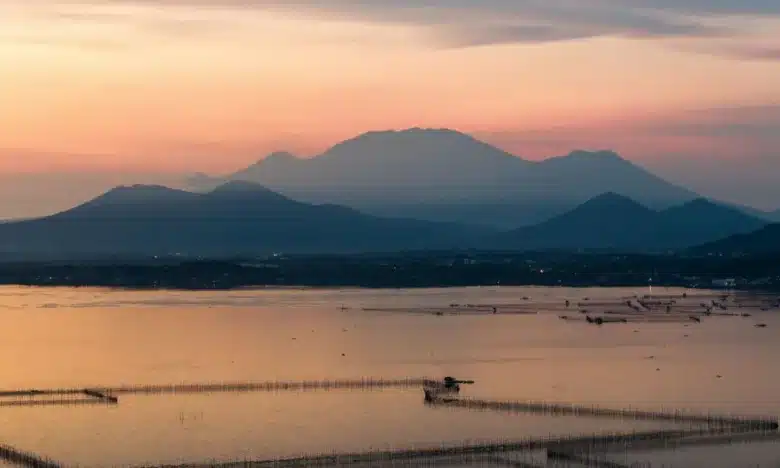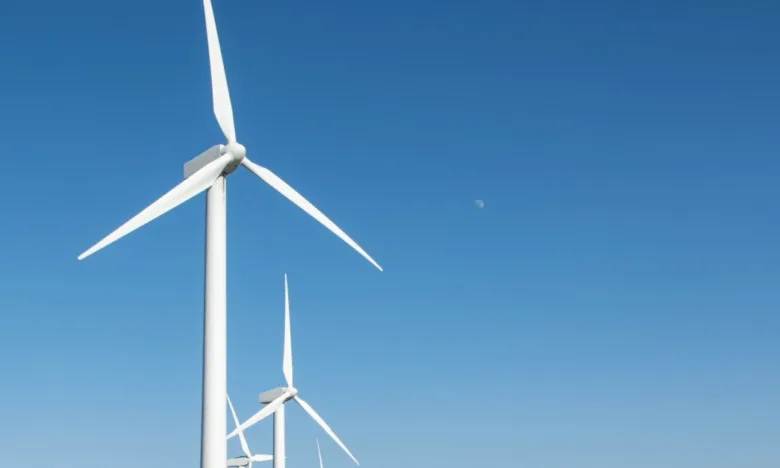
Coal Still a Major Player in SEA’s Energy Transition as it Seeks Investment from Developed Countries
- September 30, 2024
Economic growth and increasing emissions do not have to be mutually exclusive, according to an Indonesian official who advocates egalitarian negotiations between developed and developing countries.
“Countries who have stronger capacity should do more carbon reduction and [do it] faster. The developing world should continue to grow but should also slow down the emission trajectory,” said Indonesian Coordinating Minister for Maritime and Investment Affairs Luhut Binsar Pandjaitan during Coaltrans Asia 2024 in Bali, Indonesia.
“Developed nations have been the biggest emitters and need to provide real support for the energy transition in the Global South,” he added, noting how energy transitions are tougher for developing countries.
Pandjaitan notes that despite the energy transition and decarbonization plans of Indonesia and Southeast Asian countries, coal among other baseload sources remains a primary shareholder in their grids.
Unlike intermittent renewable energy, coal is able to stabilize the power grid as a baseload energy source. Pandjaitan notes that even developed countries are bringing back coal into their energy mix after decarbonizing.
“Even in Germany, coal-fired power plants still play key roles in balancing the electricity output of variable renewable energy such as wind and solar,” Padjaitan said.
In his closing statement, the Coordinating Minister concluded that the best solutions must be unique to each individual country due to their diversity in technology access and fiscal capacity, adding that current financing from developed countries are insufficient to improve power infrastructure and energy transmission, prerequisites for renewable energy transition.
Southeast Asia’s Energy Status at a Glance
A continued rise in GDP for the Association of Southeast Asian is on the prospect, with a forecasted compound annual growth rate of 4.6% between 2020-2050. This entails a resulting increase in coal consumption as well, according to the Asia Pacific Energy Research Center.
Be that as it may, there are still options to transition to greener energy. With adequate financing, early retirement of coal-fired power plants; and the reduction of carbon emissions through fuel switching, ammonia co-firing, and carbon capture will all be possible.
“There is a high investment cost for the ASEAN energy transition and there exists a significant disparity between required funding and the committed funding to accomplish the targets set in the Nationally Determined Contributions or NDC,” said APERC Senior Researcher Phung Quoc Huy. “We need around $263 billion of funding to transition, but we have a funding gap of $189 billion.”
Adding to the urgency of the funding gap are the forecasted surge in electricity prices, which will impact low-income countries and end-users the most.
“The transition should focus on a gradual coal phase-down, development of alternative energy sources, and significant investments in grid infrastructure and clean technologies,” shared Huy.
A Realistic Path Forward
The experiences of other ASEAN countries is a looking glass into the future of the Philippines’ energy transition journey, stated Aboitiz Power Corporation Chief Operating Officer for Thermal Operated Assets Ronaldo Ramos.
The Philippine Energy Plan (PEP) aims to have a 50:50 mix of renewable and non-renewable energy sources by 2040, and is racing for a $550.2 billion investment to reach it in time.
“We all want a future that is powered by abundant renewable energy. The cost of solar panels and battery storage technologies going down are encouraging,” Ramos said. “But we must be mindful of the present realities of the Philippines.”
The Philippines is an archipelago that has more than 7,000 islands, with its three major island grids only just being recently interconnected.
The Philippines has just recently interconnected its three major island grids, with particular challenges to face due to its archipelagic structure with more than 7,000 islands.
“We need reliable and reasonably-priced baseload power to address the inherent intermittency of renewable energy and the geographical challenges of injecting these intermittent capacities to our present grid,” Ramos explained.
A careful and phased approach to the energy transition is needed to ensure that it is a just transition that accounts for the current realities of the socio-economic needs of the Philippines.
More research, funding, and considerations are essential for a successful energy transition that brings justice to and supports the structure and socio-economic needs of the country.



